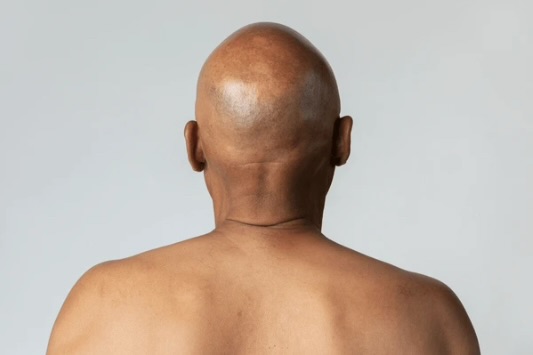Male pattern baldness, known clinically as androgenetic alopecia, affects more than half of men over 50, yet the exact mechanisms behind it are still being unraveled.
Long attributed to genetics and hormones, this common form of hair loss continues to spark scientific inquiry and consumer demand for effective, lasting solutions.
At the heart of male pattern baldness lies a hormone called dihydrotestosterone (DHT), a byproduct of testosterone. In individuals genetically predisposed to hair loss, DHT shrinks hair follicles over time, eventually halting growth altogether. The typical signs? A receding hairline, thinning crown, and the gradual formation of the classic “M” shape.
While treatments like minoxidil (Rogaine) and finasteride (Propecia) are FDA-approved and widely used, they don’t work for everyone, and they require ongoing use to maintain results. That’s why researchers are digging deeper into the biology of hair loss in hopes of unlocking new ways to restore hair permanently.
Recent studies have shifted focus from DHT alone to the broader environment of the hair follicle. Scientists are exploring how inflammation, immune system activity, and even scalp tension may contribute to follicle miniaturization. Others are looking into the genetic switches that signal follicles to enter a permanent “rest” phase. One emerging theory is that baldness may not be caused by follicle death, but rather follicle dormancy, meaning regrowth could be possible with the right stimulation.
Biotech companies are investing heavily in stem cell research and regenerative therapies. Trials using platelet-rich plasma (PRP), microneedling, and even gene editing are already underway, offering a glimpse of a future where hair loss might be reversible. Low-level laser therapy and red light therapy are also gaining popularity for their potential to revive sluggish follicles without invasive procedures.
Despite decades of interest, a true cure remains elusive, but momentum is building. With hair loss linked to self-esteem and mental health for many men, the pressure to crack the code is more urgent than ever.
As researchers continue their pursuit, the question isn’t whether we’ll find a breakthrough, it’s when. And for the millions affected by male pattern baldness, that moment can’t come soon enough.





